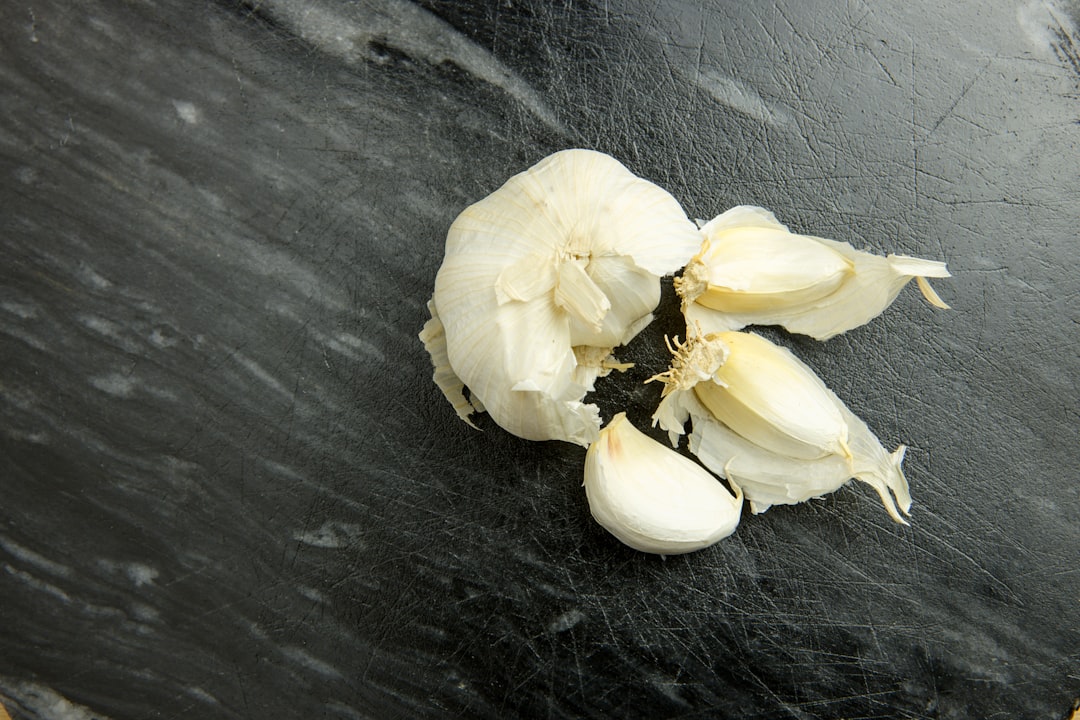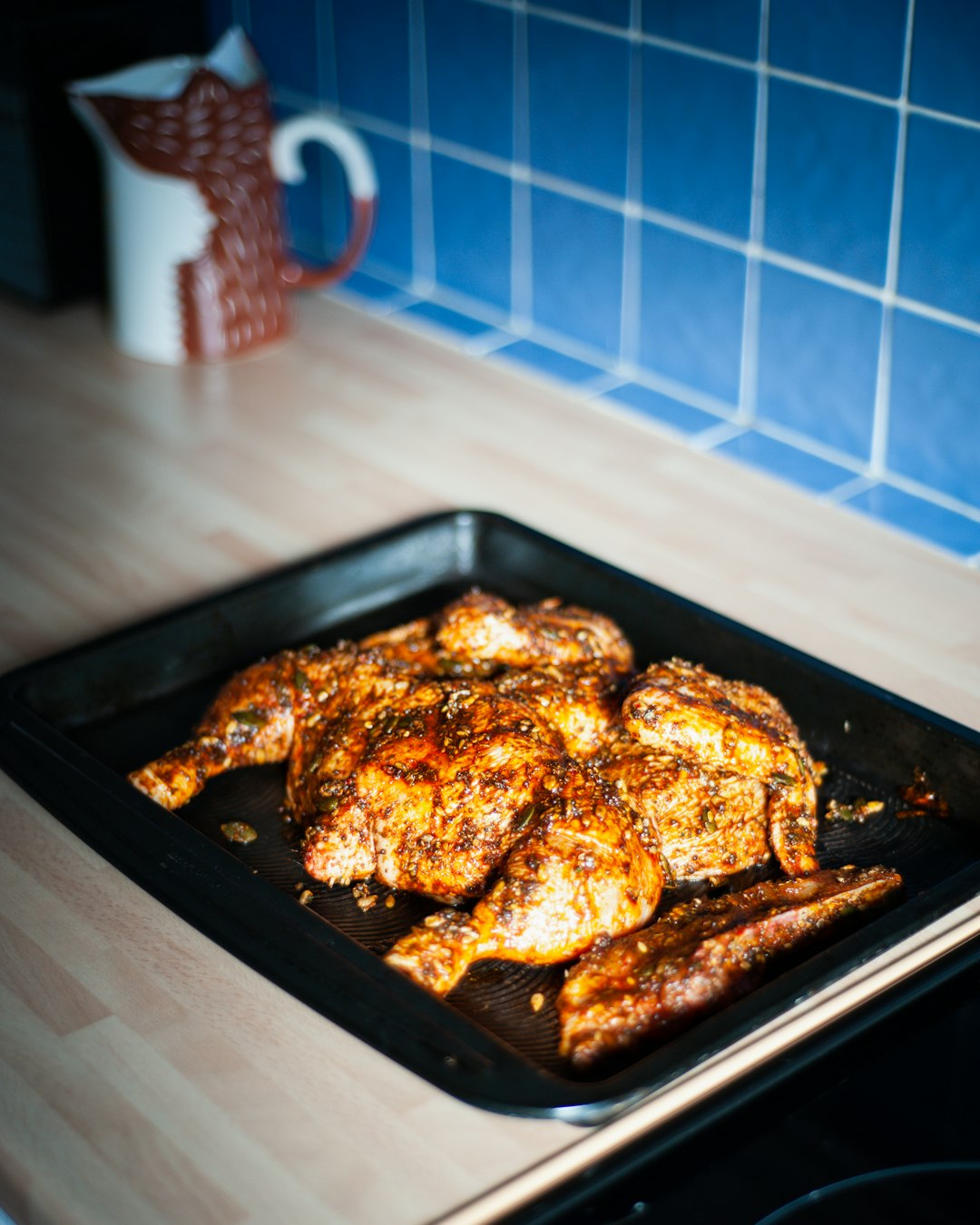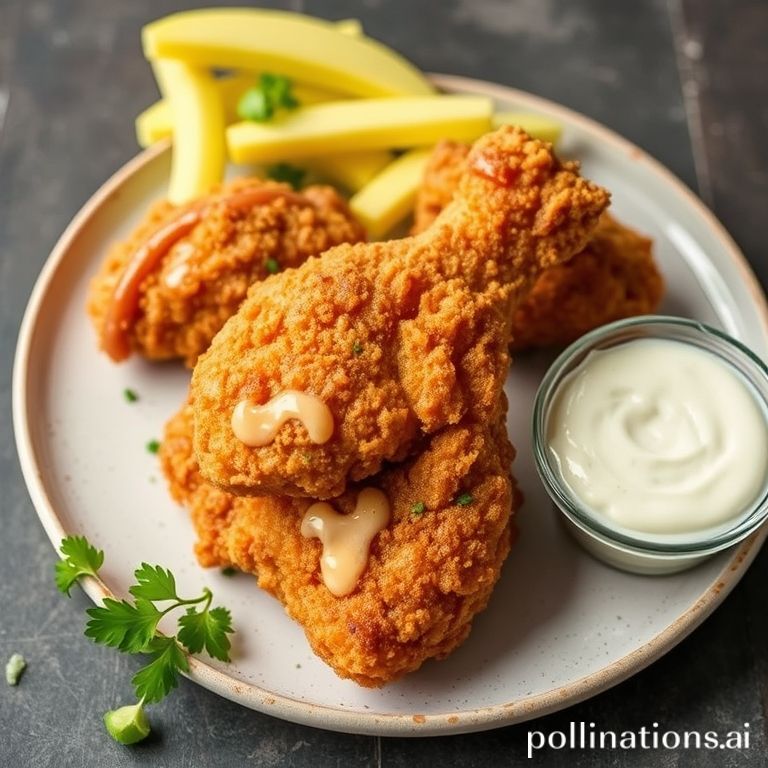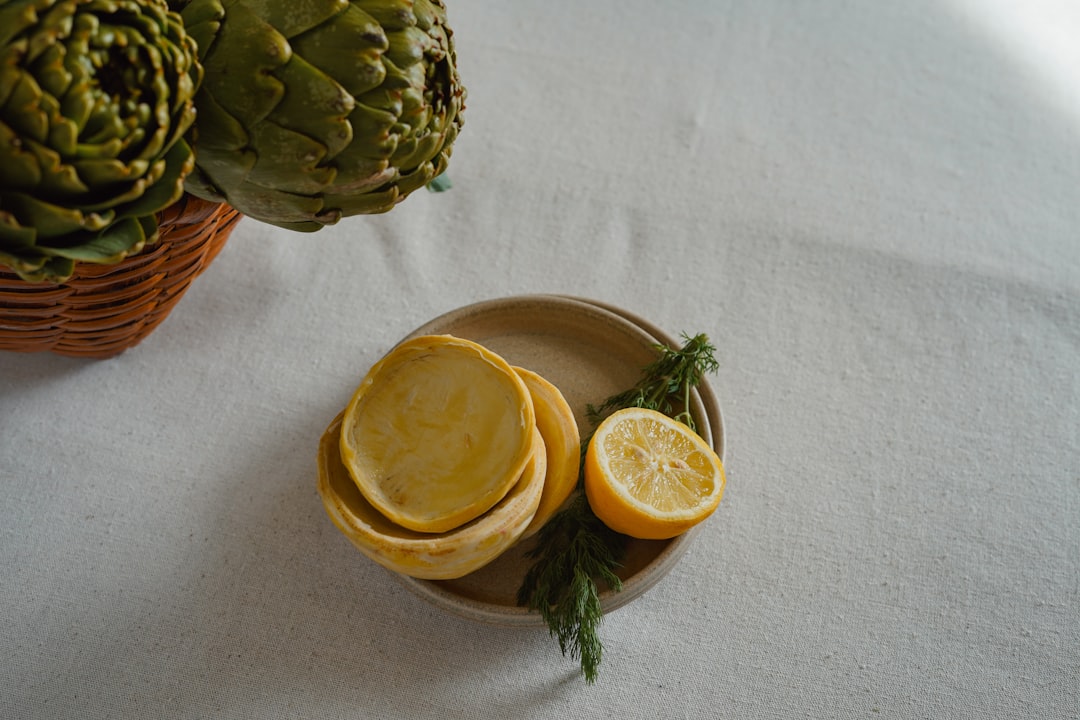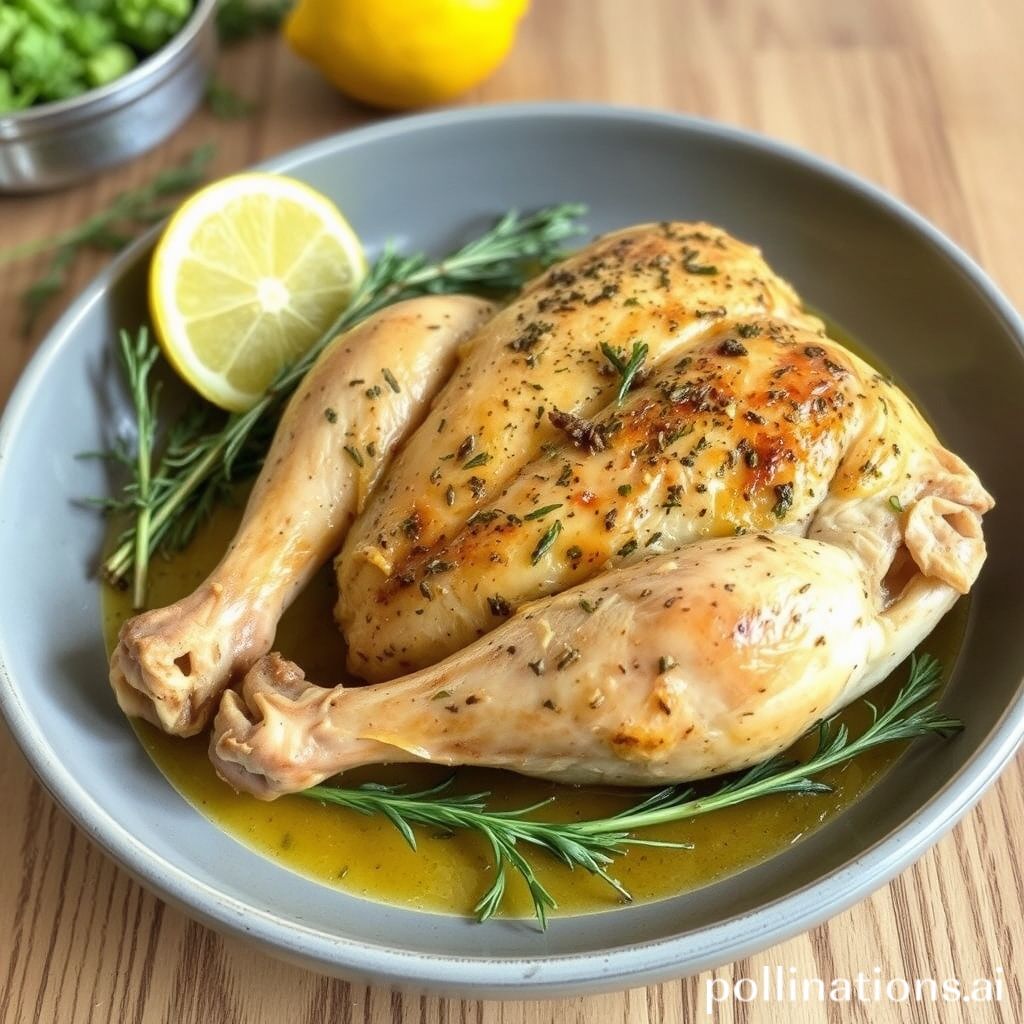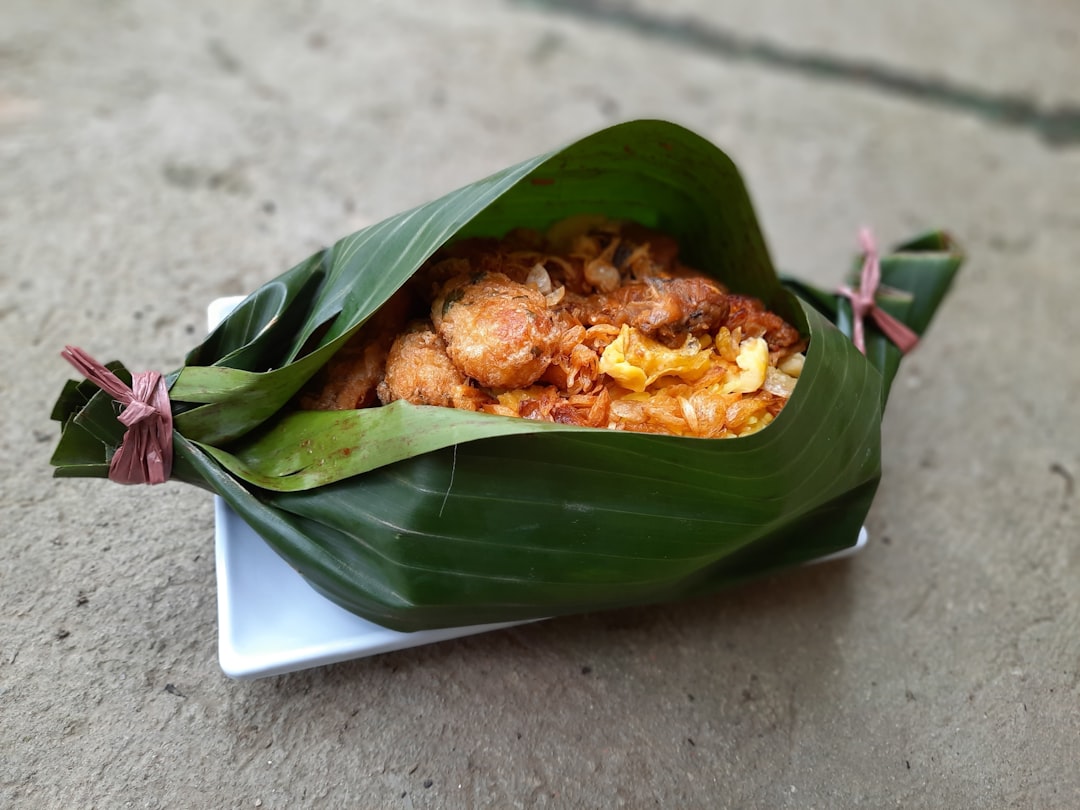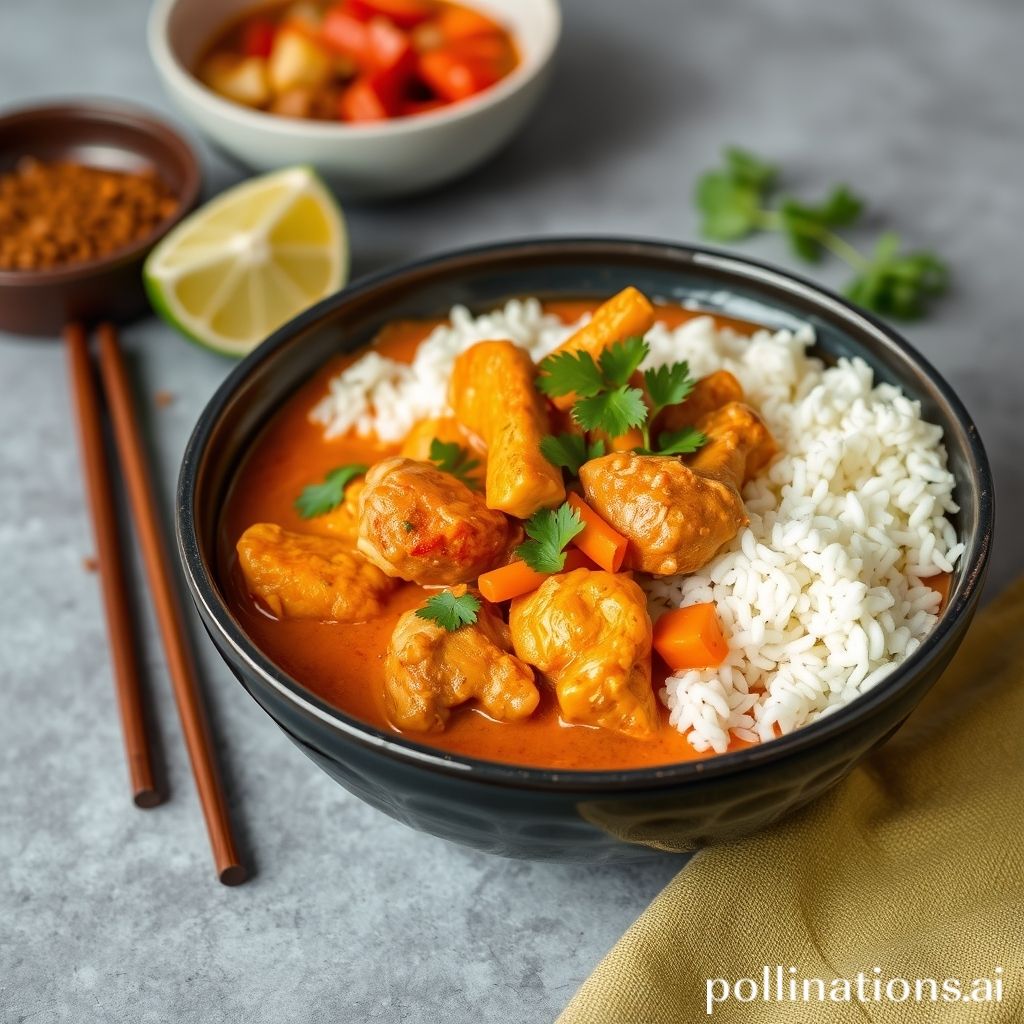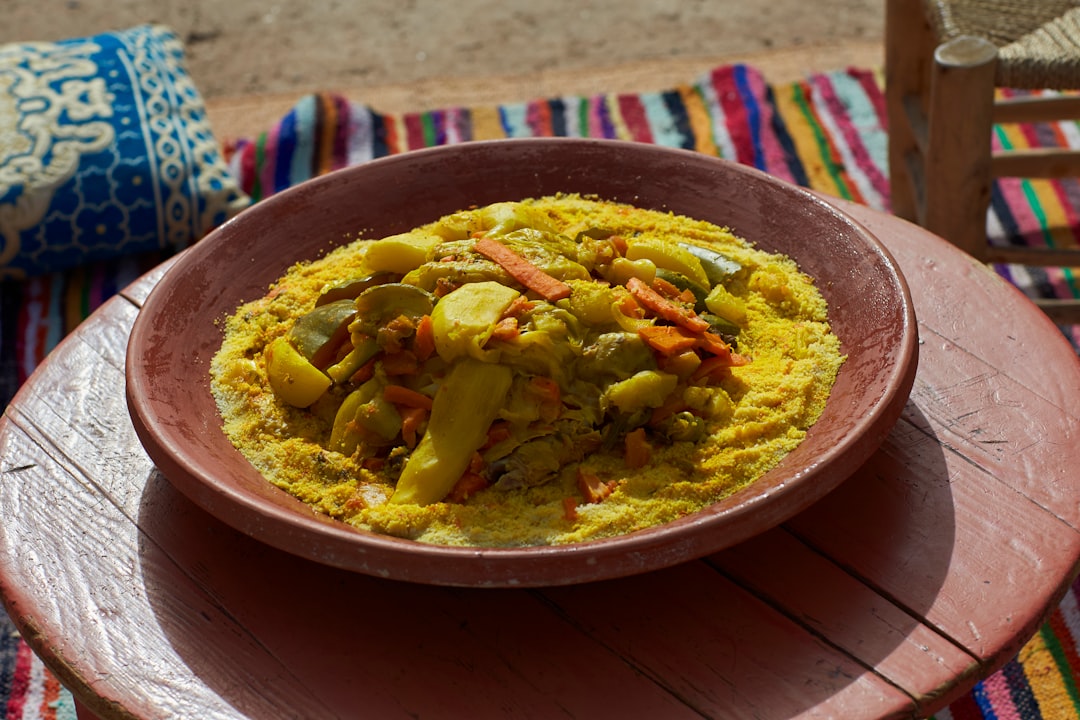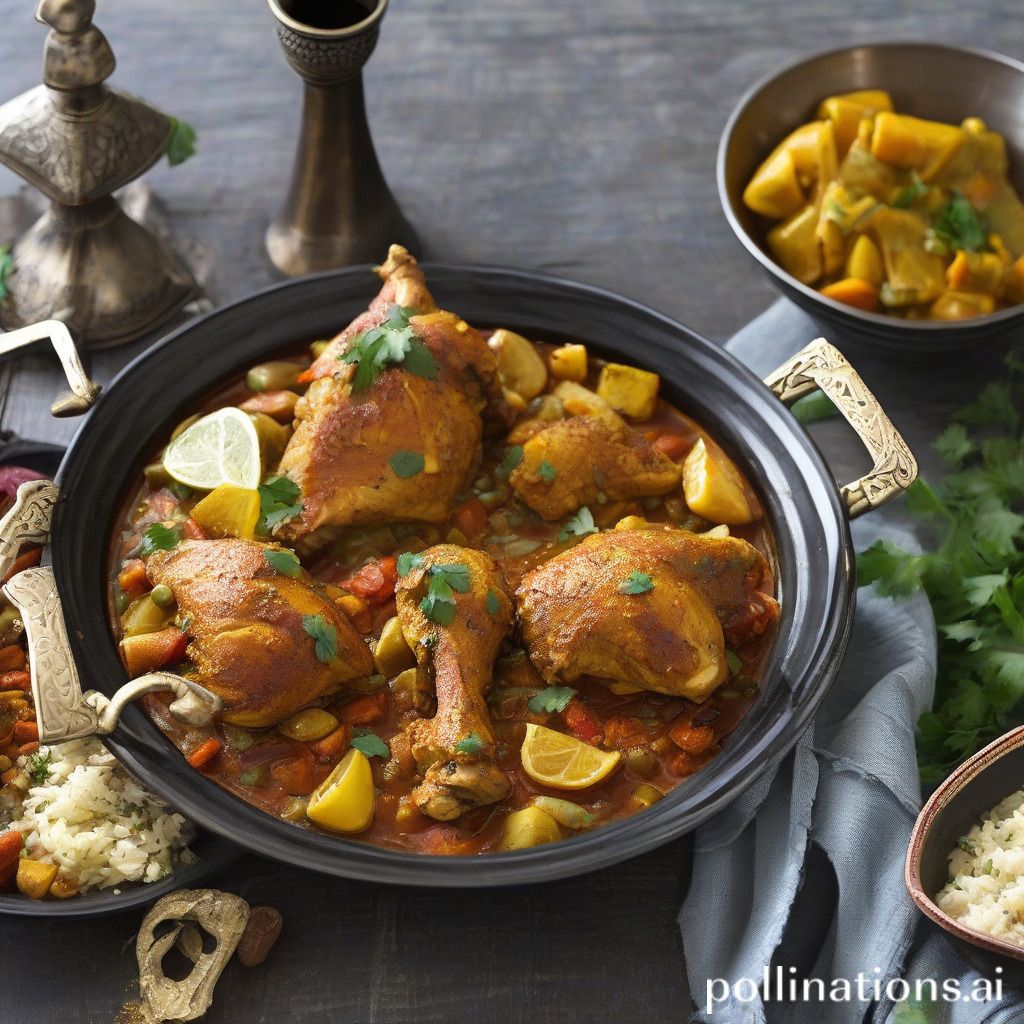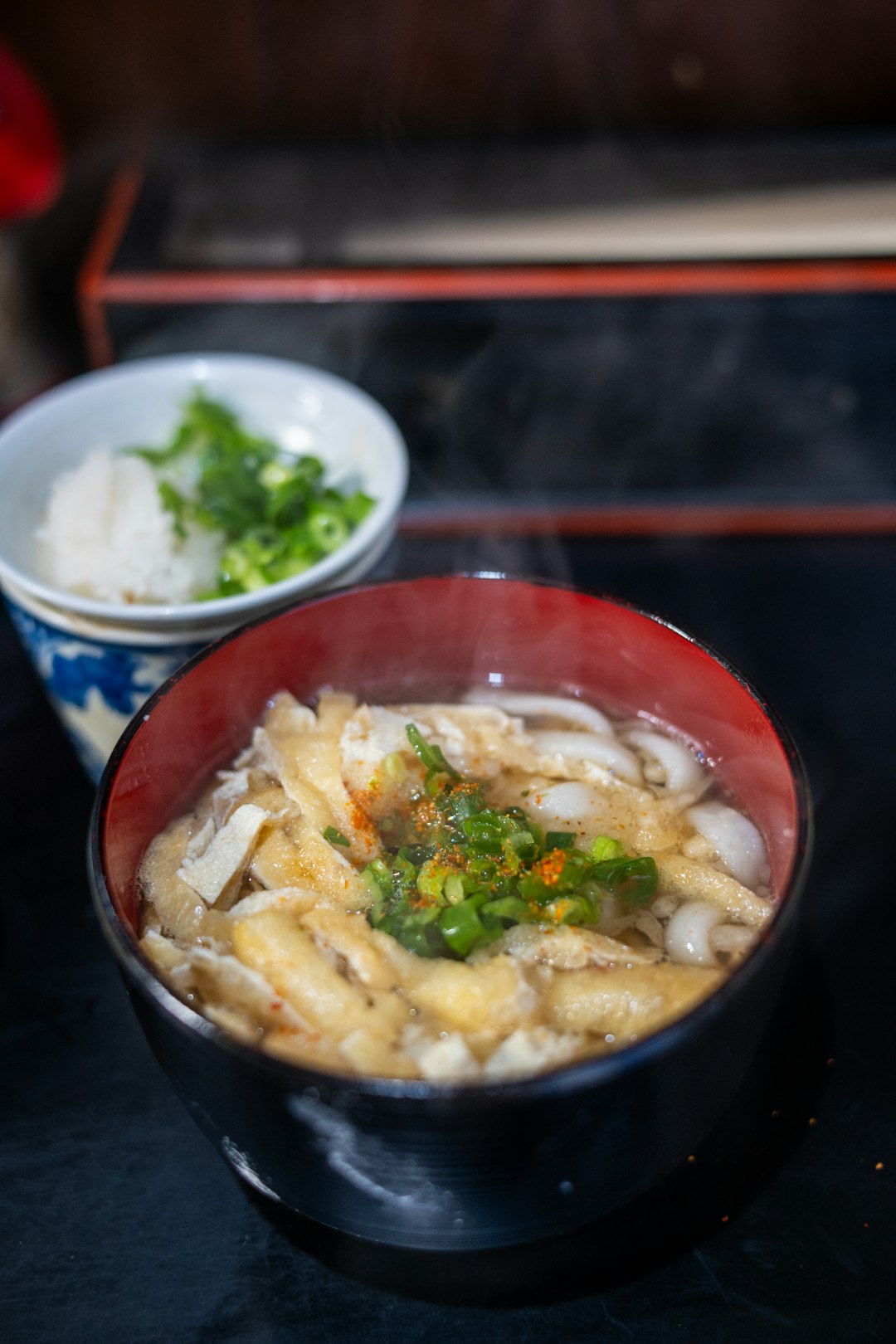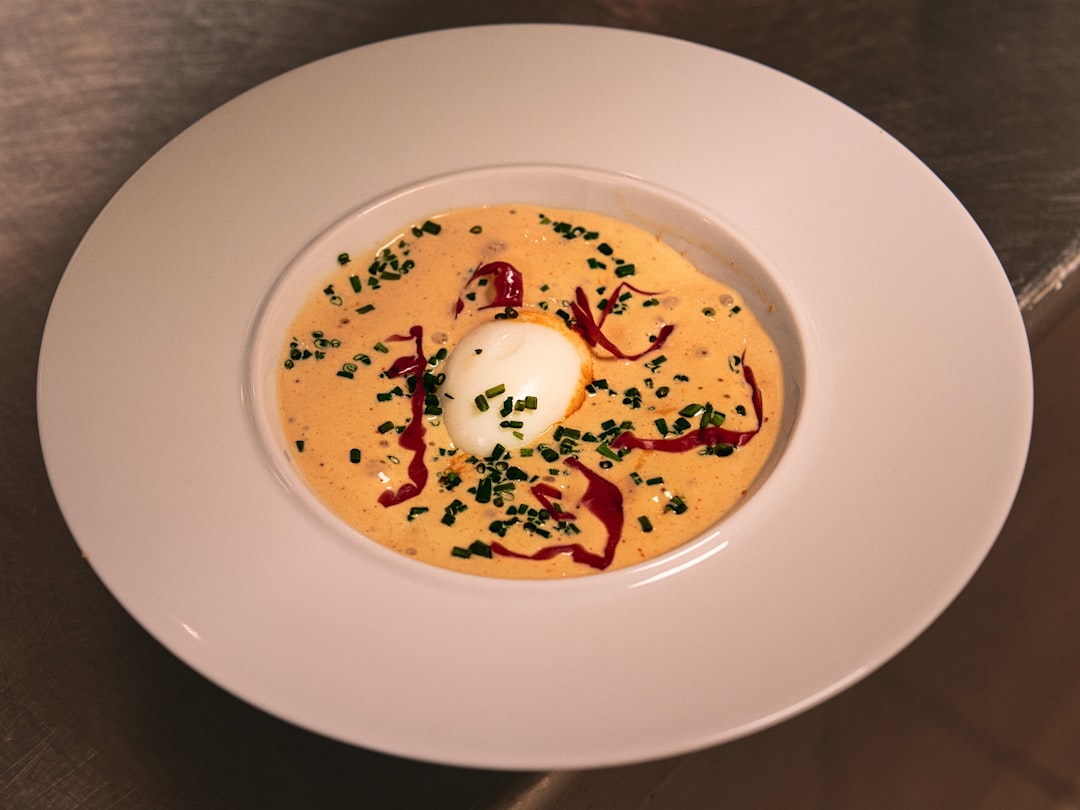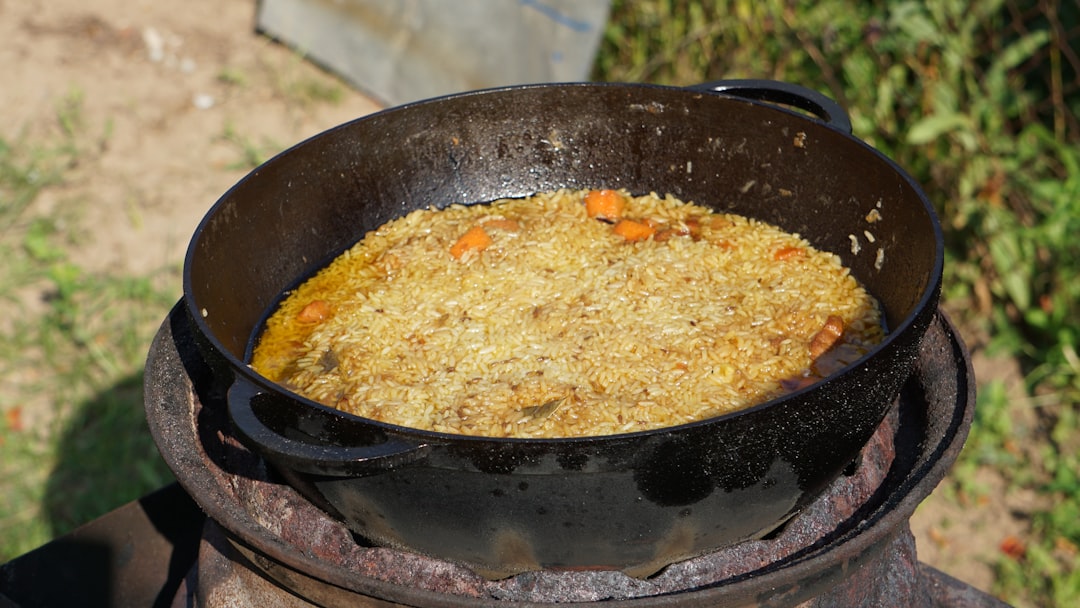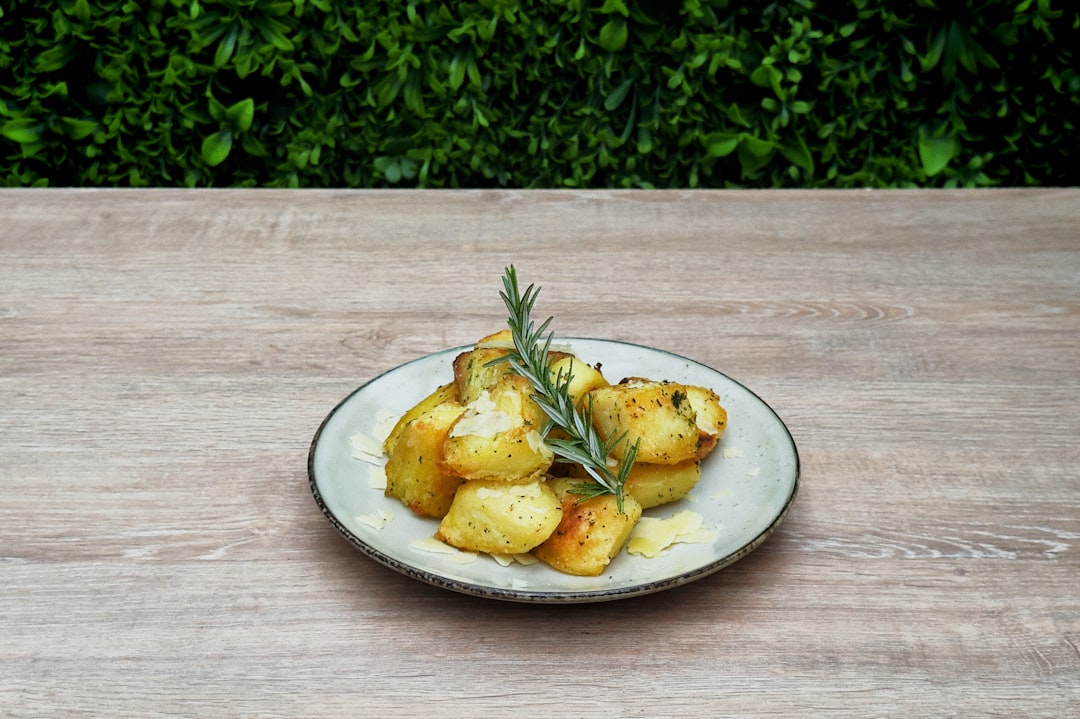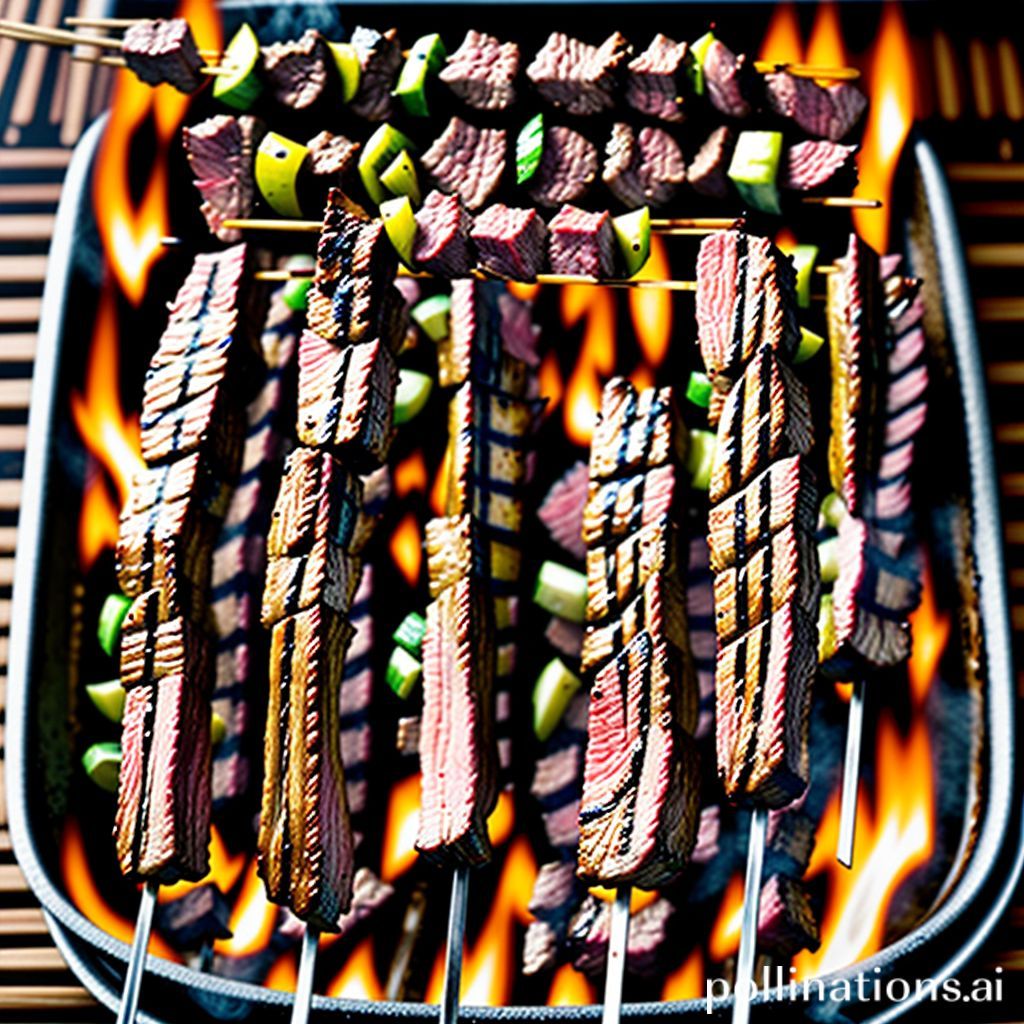Table of Contents
- Introduction
- Ingredients and kitchen essentials for Creamy Garlic Parmesan Chicken
- Step-by-step preparation and cooking process
- Variations and alterations for dietary preferences
- Complementary side dishes and serving suggestions
- Tips for perfecting the Creamy Garlic Parmesan Chicken texture
- Conclusion
- Frequently Asked Questions
Introduction
If you’ve been yearning to experience a taste sensation that dances on your palate, look no further. This recipe for creamy garlic Parmesan chicken is a journey into a world of delectable delight that promises not only to satisfy but to utterly dazzle. Imagine the tender, juicy chicken enveloped in a rich creamy sauce, infused with the savory aroma of garlic and the tang of fresh Parmesan, creating a symphony of flavors that’s both comforting and indulgent.
At the heart of this culinary masterpiece is a simple but sumptuous ensemble of ingredients: 4 boneless, skinless chicken breasts, 1 cup heavy cream, 1 cup chicken broth, 1.5 cups freshly grated Parmesan cheese, and of course, 4 cloves of garlic. Add a splash of Italian herbs and a sprinkle of fresh parsley to elevate the flavors even further.
Let your kitchen become a haven of irresistible aroma as these ingredients come together, creating a meal that not only warms your stomach but also comforts your heart. Join us in unwrapping the secrets to this ultimate creamy garlic Parmesan chicken recipe, and prepare to treat your taste buds to a truly unforgettable dining experience.
Ingredients and kitchen essentials for Creamy Garlic Parmesan Chicken
Creating a delicious Creamy Garlic Parmesan Chicken starts with selecting the right ingredients and having essential kitchen tools at hand. You will need boneless, skinless chicken breasts or thighs as the main protein. These should be fresh and of good quality to ensure the best flavor. The creamy sauce requires heavy cream or half-and-half for a rich texture, garlic cloves for that aromatic zing, and freshly grated Parmesan cheese, which brings a sharp and savory note to the dish.
In addition, you will need olive oil or butter, which acts as the base for sautéing the chicken and creating the sauce. A good salt and freshly ground black pepper are essential for seasoning. Some optional additions include Italian herbs such as thyme or basil to enhance the flavor profile, and spinach or sun-dried tomatoes for added texture and nutrition.
In terms of kitchen essentials, make sure to have a sharp chef’s knife for efficient chopping, a large skillet for cooking the chicken evenly, and a whisk for blending the sauce smoothly. Wooden spoons and spatulas are ideal for stirring, while a meat thermometer can ensure the chicken is cooked to perfection. With these ingredients and tools, you’re all set to create a delightful meal.
Step-by-step preparation and cooking process
To prepare the creamy garlic Parmesan chicken, start by seasoning the chicken breasts with salt and pepper. Heat olive oil in a large skillet over medium-high heat. Once the oil is hot, add the chicken breasts, searing them for about 4-5 minutes on each side until they are golden brown and fully cooked. Remove the chicken from the pan and set it aside.
In the same skillet, add butter and minced garlic, sautéing until fragrant. Be sure not to burn the garlic. Stir in chicken broth, heavy cream, and grated Parmesan cheese, whisking until the mixture is smooth and well-combined. Let this sauce simmer for about 3-5 minutes.
Return the chicken breasts to the skillet, nestling them into the sauce. Let them simmer for a few more minutes so they soak up the flavors of the garlic and Parmesan. If you prefer a thicker sauce, you can add more Parmesan to taste, or let it reduce to your desired consistency. Before serving, garnish with freshly chopped parsley for added flavor and a touch of color. This dish pairs well with pasta, steamed vegetables, or a fresh salad for a complete meal that is both satisfying and delicious.
Variations and alterations for dietary preferences
When it comes to Creamy Garlic Parmesan Chicken, there are numerous ways to modify the recipe to cater to specific dietary preferences. For those following a vegetarian diet, consider substituting the chicken with tofu or a hearty vegetable like portobello mushrooms or cauliflower, which absorb the creamy sauce beautifully. If you’re aiming to reduce the dish’s fat content, try using half-and-half or a low-fat cream alternative instead of heavy cream, and opt for a reduced-fat Parmesan cheese. To make the dish gluten-free, ensure the chicken is coated with gluten-free flour or cornstarch before cooking, and check that all sauces and seasonings are certified gluten-free. For a richer flavor, add more fresh herbs like basil or thyme into the sauce. Alternatively, to accommodate a dairy-free lifestyle, use coconut cream or a plant-based creamer, and swap Parmesan cheese with nutritional yeast, which offers a cheesy flavor without dairy. These simple alterations can help you enjoy this delectable dish while fitting your dietary needs or taste preferences.
Complementary side dishes and serving suggestions
Creamy Garlic Parmesan Chicken is a rich and flavorful dish that pairs beautifully with a variety of side dishes. To balance its creamy texture and savory taste, consider serving it with light and refreshing sides. A crisp green salad tossed with a lemon vinaigrette can add a zesty contrast to the richness of the chicken. Similarly, steamed asparagus or green beans can provide a crunchy and healthy complement.
If you’re looking to enhance the comforting aspect of the meal, consider pairing the chicken with a creamy mash of potatoes or a risotto infused with herbs. These sides can soak up the creamy garlic parmesan sauce, making each bite a delightful experience. For bread lovers, a slice of warm, crusty French bread or garlic bread can be used to mop up the delicious sauce for a satisfying finish.
In terms of beverages, a crisp white wine, such as a Sauvignon Blanc or a light Chardonnay, can beautifully accompany the dish by cutting through the richness of the sauce. Serve the chicken with a garnish of fresh parsley or basil to add a touch of color and freshness. These serving suggestions ensure a well-rounded culinary experience, creating a perfect meal for any occasion.
Tips for perfecting the Creamy Garlic Parmesan Chicken texture
Achieving the perfect texture for Creamy Garlic Parmesan Chicken involves a few key techniques. First, ensure your chicken is pounded to an even thickness before cooking. This helps it cook uniformly and prevents any part from drying out. Next, browning the chicken in a hot skillet with a bit of olive oil brings a nice crust that adds a wonderful contrast to the creamy sauce. Take care not to overcrowd the pan, which can cause steaming instead of searing.
When preparing the creamy sauce, using heavy cream can significantly impact the texture, making it rich and velvety. Adding Parmesan gradually while stirring prevents clumping and encourages a smooth consistency. It’s essential to keep the heat on low during this process, as high heat can cause the sauce to split.
Finally, stir occasionally to ensure the sauce doesn’t stick to the pan. If it feels too thick, a splash of chicken broth can thin it out without compromising flavor. By following these tips, you’ll enhance the texture of your Creamy Garlic Parmesan Chicken, ensuring a delightful dish.
Conclusion
In conclusion, creating the ultimate Creamy Garlic Parmesan Chicken at home is an achievable task that promises to delight the taste buds of your family and friends. With a perfect balance of savory and creamy textures, alongside the aroma of garlic and the sharpness of Parmesan cheese, this recipe elevates any meal into a gourmet experience. Whether you’re a seasoned cook or a kitchen novice, the detailed guide provided ensures that every step is as straightforward as it is rewarding.
Enhance your culinary repertoire and enjoy endless possibilities with your Creamy Garlic Parmesan Chicken by exploring diverse variations and pairing options. For even more inspiration, why not expand your collection with The Chicken Bible: Say Goodbye to Boring Chicken with 500 Recipes for Easy Dinners, Braises, Wings, Stir-Fries, and So Much More? This comprehensive cookbook will introduce you to a vast array of chicken recipes that guarantee easy dinners and fun cooking experiences. Visit the link to turn your kitchen into a hub of flavorful delights and let your culinary creativity soar. Don’t miss out on transforming your meals—order your copy today!
